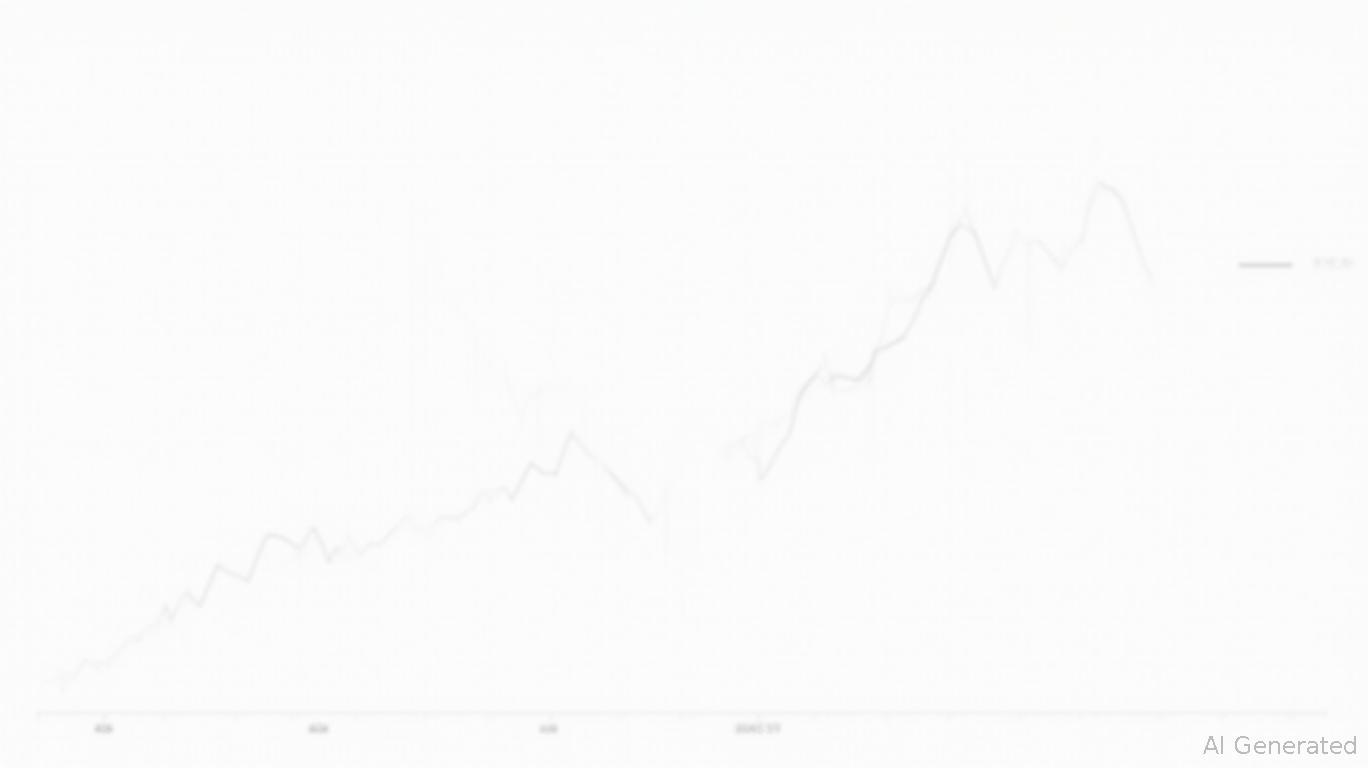Federal Reserve's Daly Signals Caution Amid Potential Rate Cuts in 2025
Federal Reserve Bank of San Francisco President Mary Daly has emerged as a pivotal voice in the central bank’s ongoing balancing act between curbing inflation and sustaining economic growth. In her April 2025 remarks, Daly reaffirmed the Fed’s decision to keep the policy rate steady at 4.25%-4.50% since December, while leaving the door open to potential cuts later this year. Her nuanced stance highlights the complexities of an economy navigating persistent inflation risks, geopolitical uncertainties, and shifting fiscal policies.
Inflation Risks Cloud the Path to Rate Cuts
Daly emphasized that while up to two rate cuts this year remain plausible, rising inflation risks could restrict their timing or magnitude. With prices still above the Fed’s 2% target and risks elevated compared to 2024, Daly warned that a “stickier” inflation trajectory might force the Fed to maintain its restrictive stance longer. “If inflation doesn’t come down as quickly as we hope, we may need fewer cuts—or even a pause,” she stated, underscoring the central bank’s data-driven approach.
Economic Resilience Amid Policy Uncertainty
Daly acknowledged the U.S. economy’s “solid growth” and a labor market cooling “gradually” without significant disruption. Consumer and business spending, she noted, remain robust, even as President Trump’s trade policies, tax cuts, and regulatory shifts create uncertainty. While tariffs and other measures initially raised concerns about growth slowdowns, Daly observed their impact has been less immediate and broad than feared. “Uncertainty hasn’t stalled out activity,” she said, citing ongoing engagement by businesses and households.

The Neutral Rate Debate
Daly’s estimate of the neutral policy rate—the level neither stimulating nor restraining growth—at 3% remains central to the Fed’s strategy. However, she cautioned that this figure is “uncertain,” reflecting the economy’s evolving dynamics. With the current rate still above neutral, Daly argued that gradual reductions would allow the Fed to avoid destabilizing the economy. “We’re not in a hurry,” she said, framing patience as critical to avoiding premature easing.
Political Crosscurrents and Market Expectations
Daly’s remarks occurred amid heightened political tensions, including reports of the Trump administration exploring options to replace Fed Chair Jerome Powell. Daly sidestepped direct commentary on these developments but reiterated the Fed’s commitment to its mandate. Meanwhile, markets have priced in a 70% probability of a June rate cut, reflecting optimism about inflation easing. Daly, however, stressed that such expectations must align with hard data, not just hope.
Conclusion: Navigating the Tightrope
Daly’s analysis underscores the Fed’s cautious approach, balancing inflation control with the need to avoid stifling growth. With the neutral rate estimated at 3%, two potential cuts this year could bring the Fed closer to that target—but only if inflation cooperates. Key risks include persistent price pressures, geopolitical shocks, and the lagged effects of past policy tightening.
Investors should monitor two critical metrics:
1. Inflation Progress: If the core PCE deflator (the Fed’s preferred gauge) slips below 2.5% by mid-2025, the likelihood of rate cuts rises.
2. Labor Market Signals: A sustained unemployment rate above 4.5% could accelerate easing, while a drop below 4% might force the Fed to stay firm.
Daly’s message is clear: the Fed will act only when data demands it. For now, the economy’s resilience and muted policy impacts provide room for caution—but markets would do well to remember that inflation’s stickiness could yet upend expectations. In this environment, investors should prioritize flexibility, favoring sectors insulated from rate volatility while keeping a close eye on Fed communications. The path to lower rates remains open, but the Fed’s foot remains firmly on the brake until certainty emerges.


_442a2dcc1749832873286.jpeg)
_e68fac6d1749831664430.jpeg)





